Margaret Thatcher, 1925–2013
The Iron Lady who remade Britain
In October 1980, just 17 months into her first term as British prime minister, Margaret Thatcher was facing disaster. More Britons were unemployed than at any time since the Great Depression. Cities bubbled with racial and class tensions. Cabinet members pleaded with Thatcher to abandon her free-market reforms. But the Iron Lady’s principles were as immutable as her lacquered hair. “To those waiting with bated breath for that favorite media catchphrase, the U-turn, I have only one thing to say,” Britain’s first, and only, female prime minister told fellow Conservatives. “You turn if you want to. The lady’s not for turning.”
Born in the English town of Grantham, Thatcher grew up above the grocery store owned by her father, Alfred, who reared her in the Methodist tenets of “personal responsibility, hard work, and traditional moral values,” said The New York Times. She studied chemistry at Oxford University and was part of the team that developed soft-serve ice cream.
But politics proved “far more fascinating than test tubes,” said the Los Angeles Times. Elected to Parliament in 1959, she rose swiftly through the Conservative ranks, becoming the party’s leader in 1975. Thatcher was elected prime minister in May 1979 when voters booted out the ruling left-wing Labor Party following a period of crippling inflation and public-sector strikes that left garbage rotting in the streets. She promised a free-market revolution. “I came to office with one deliberate intent,” Thatcher later said. “To change Britain from a dependent to a self-reliant society, from a give-it-to-me to a do-it-yourself nation.”
The Week
Escape your echo chamber. Get the facts behind the news, plus analysis from multiple perspectives.

Sign up for The Week's Free Newsletters
From our morning news briefing to a weekly Good News Newsletter, get the best of The Week delivered directly to your inbox.
From our morning news briefing to a weekly Good News Newsletter, get the best of The Week delivered directly to your inbox.
She was true to her word. Her party pushed through divisive policies that emasculated trade unions, deregulated financial services, and opened up shipping, railroads, and manufacturing to the private sector. As ailing industries were starved of state subsidies, unemployment skyrocketed and her approval rating plummeted. Protesters took to the streets chanting, “Maggie, Maggie, Maggie! Out, out, out!” But in spring 1982, the economy started to turn around. Later that year, Thatcher’s popularity surged when she led the U.K. to triumph over Argentina in the 10-week Falklands War, which left some 250 British servicemen and about 650 Argentines dead. She won re-election in 1983, and triumphed again, in an often-brutal battle against the coal miners’ union—the vanguard of the working-class left. Scores of government-owned mines were shuttered, and the communities they supported fell into poverty, even as the financial sector boomed.
As deep as that economic transformation was, said the Financial Times, Thatcher saw her greatest achievement as “the collapse of the Soviet empire.” She cheered on her political soul mate, U.S. President Ronald Reagan, as he bankrupted the Russians by outspending them on defense. Thatcher also encouraged Soviet leader Mikhail Gorbachev’s reform program, and when the Berlin Wall fell in 1989, said Time, “she had her vindication.”
Back home, her imperious style proved her undoing. In 1989 she pushed through “the single most unpopular domestic policy initiative taken by any postwar government”—a local tax that charged everyone the same regardless of income, said The Times (U.K.). Riots erupted across the country, and dissent spread in her cabinet. Facing leadership challenges within her own party, she stepped down in 1990, announcing her resignation with tears in her eyes.
After leaving office, Thatcher was named to the House of Lords and gave speeches around the world. She developed dementia and suffered several strokes over the last decade, but her influence remained. In 2007, a 7-foot-6 bronze statue of Thatcher was installed in the House of Commons. “I might have preferred iron,” Thatcher said at the unveiling ceremony, “but bronze will do.”
A free daily email with the biggest news stories of the day – and the best features from TheWeek.com
-
 Political cartoons for December 8
Political cartoons for December 8Cartoons Monday's political cartoons include ICE in the Big Easy, Warner on the wane, and a Putin peace deal
-
 Did Trump just end the US-Europe alliance?
Did Trump just end the US-Europe alliance?Today's Big Question New US national security policy drops ‘grenade’ on Europe and should serve as ‘the mother of all wake-up calls’
-
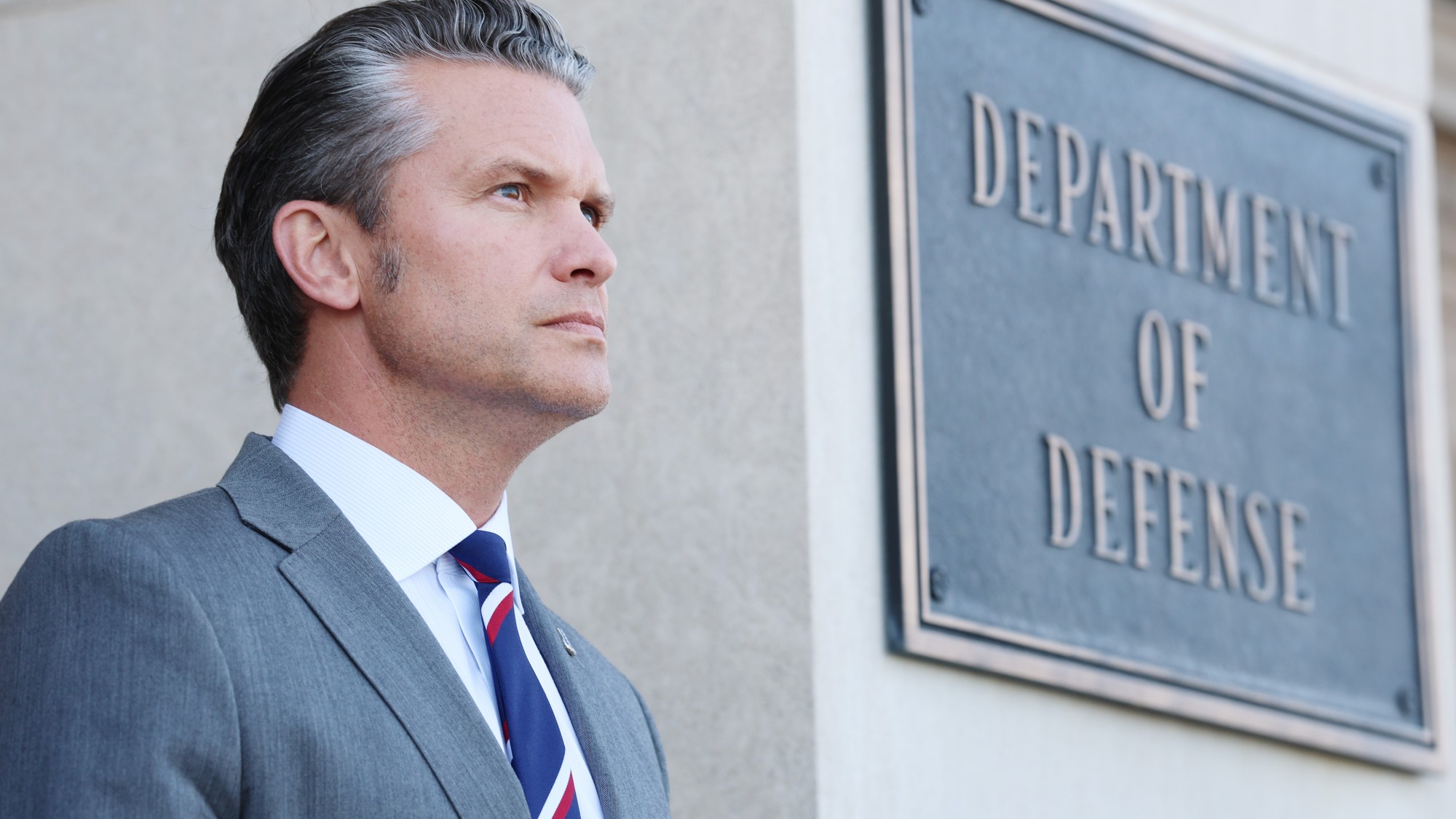 How the War Department became the Department of Defense – and back again
How the War Department became the Department of Defense – and back againIn Depth In 1947 President Harry Truman restructured the US military establishment, breaking with naming tradition
-
 R&B singer D’Angelo
R&B singer D’AngeloFeature A reclusive visionary who transformed the genre
-
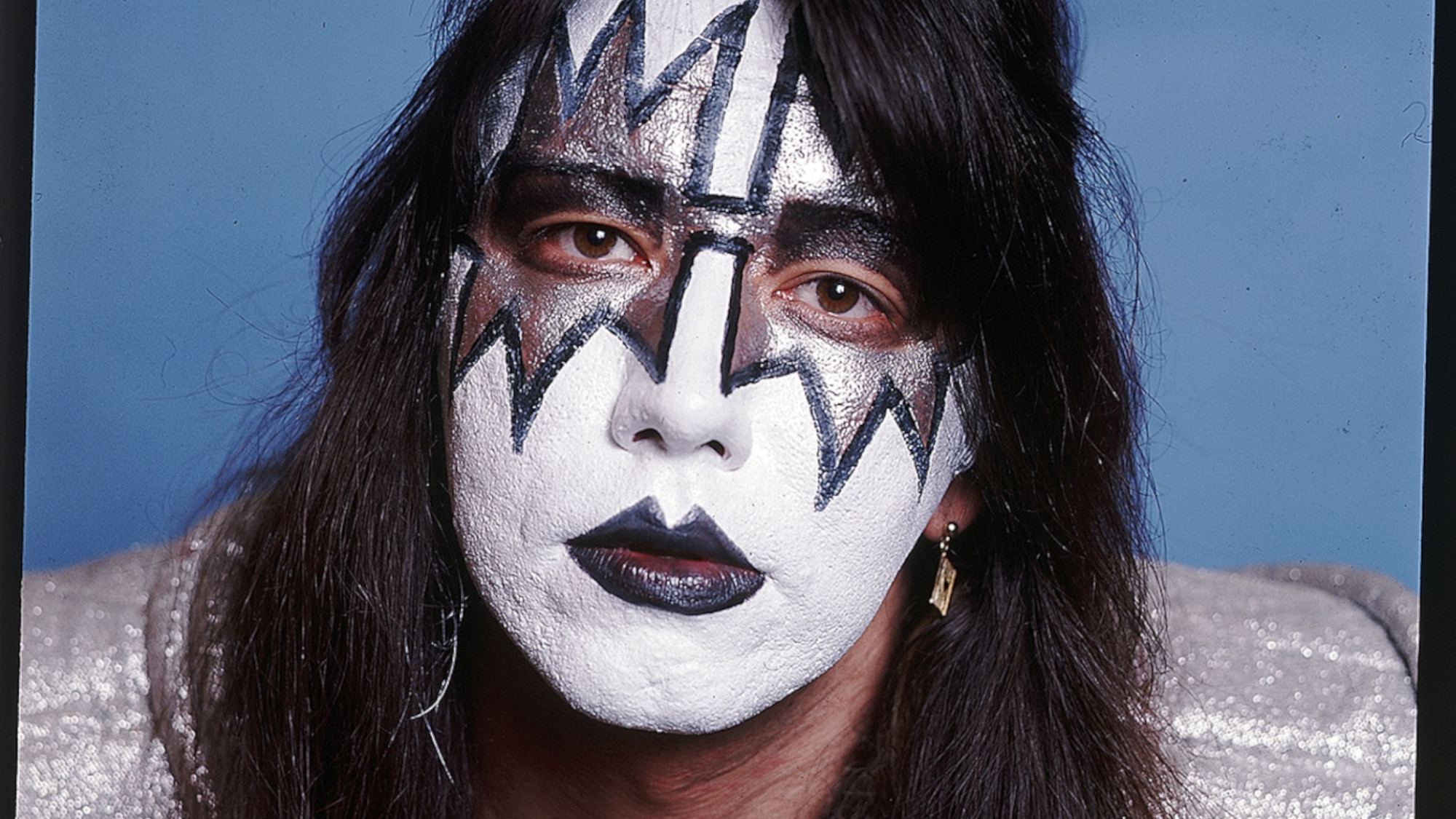 Kiss guitarist Ace Frehley
Kiss guitarist Ace FrehleyFeature The rocker who shot fireworks from his guitar
-
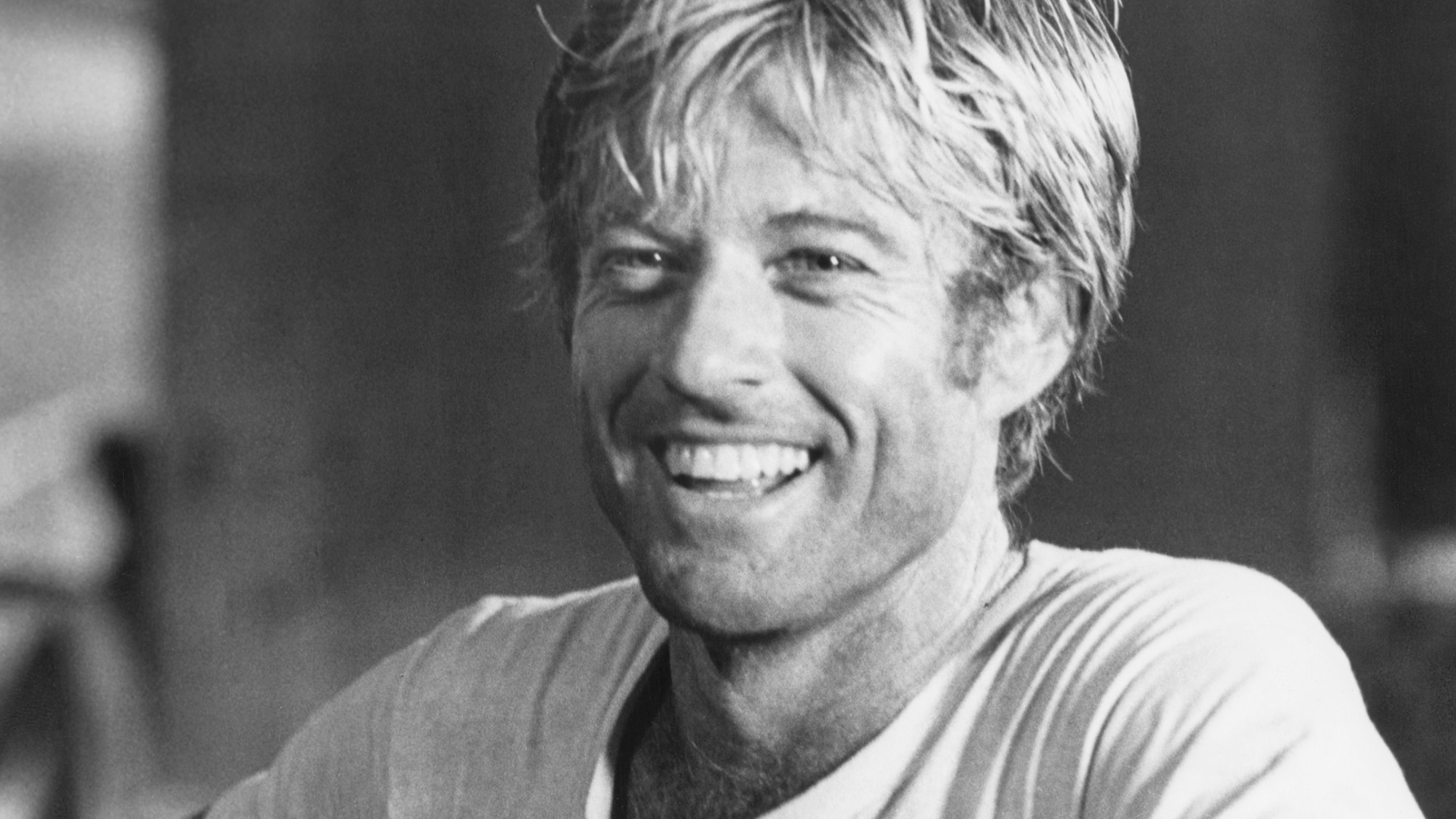 Robert Redford: the Hollywood icon who founded the Sundance Film Festival
Robert Redford: the Hollywood icon who founded the Sundance Film FestivalFeature Redford’s most lasting influence may have been as the man who ‘invigorated American independent cinema’ through Sundance
-
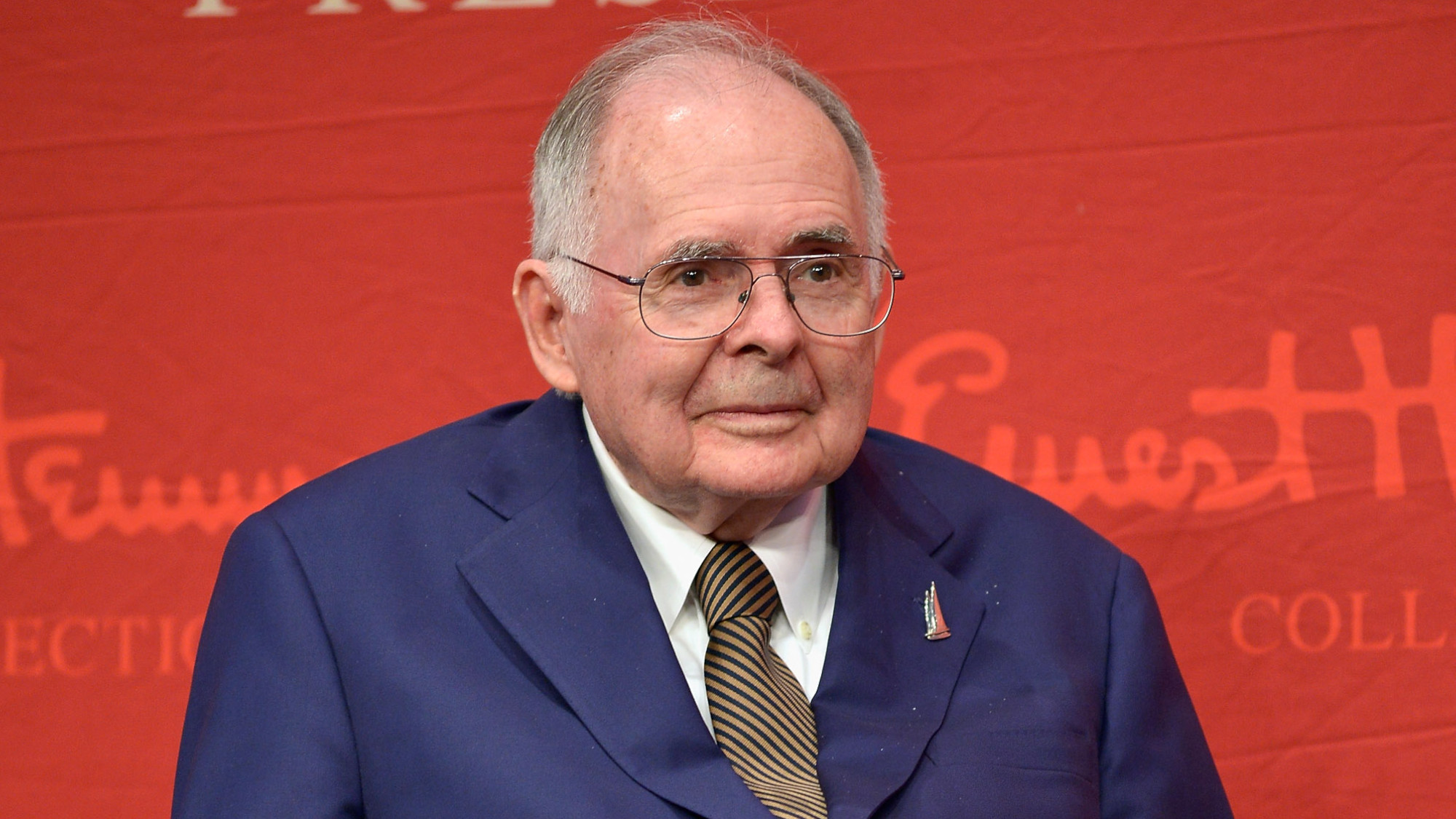 Patrick Hemingway: The Hemingway son who tended to his father’s legacy
Patrick Hemingway: The Hemingway son who tended to his father’s legacyFeature He was comfortable in the shadow of his famous father, Ernest Hemingway
-
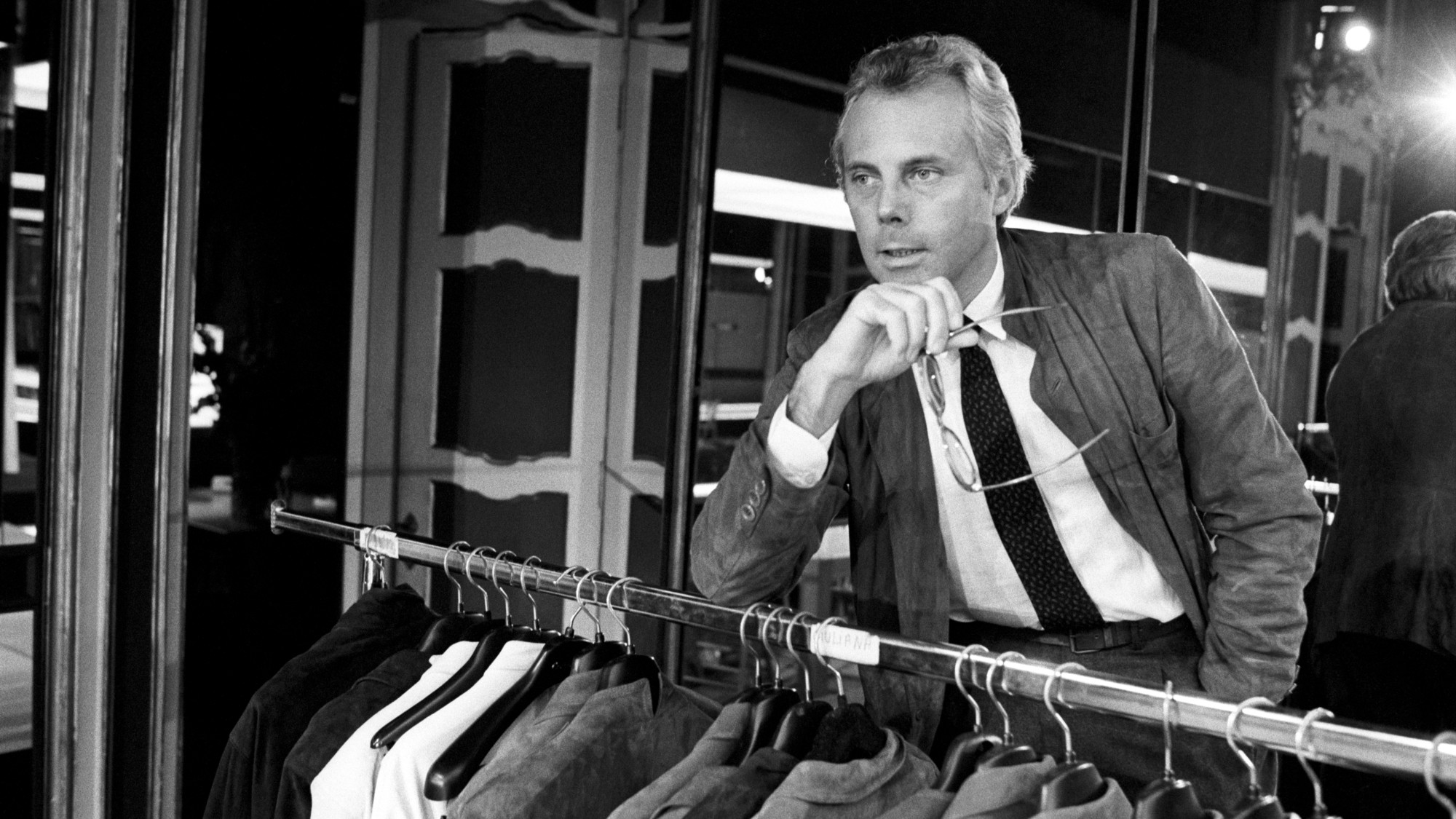 Giorgio Armani obituary: designer revolutionised the business of fashion
Giorgio Armani obituary: designer revolutionised the business of fashionIn the Spotlight ‘King Giorgio’ came from humble beginnings to become a titan of the fashion industry and redefine 20th-century clothing
-
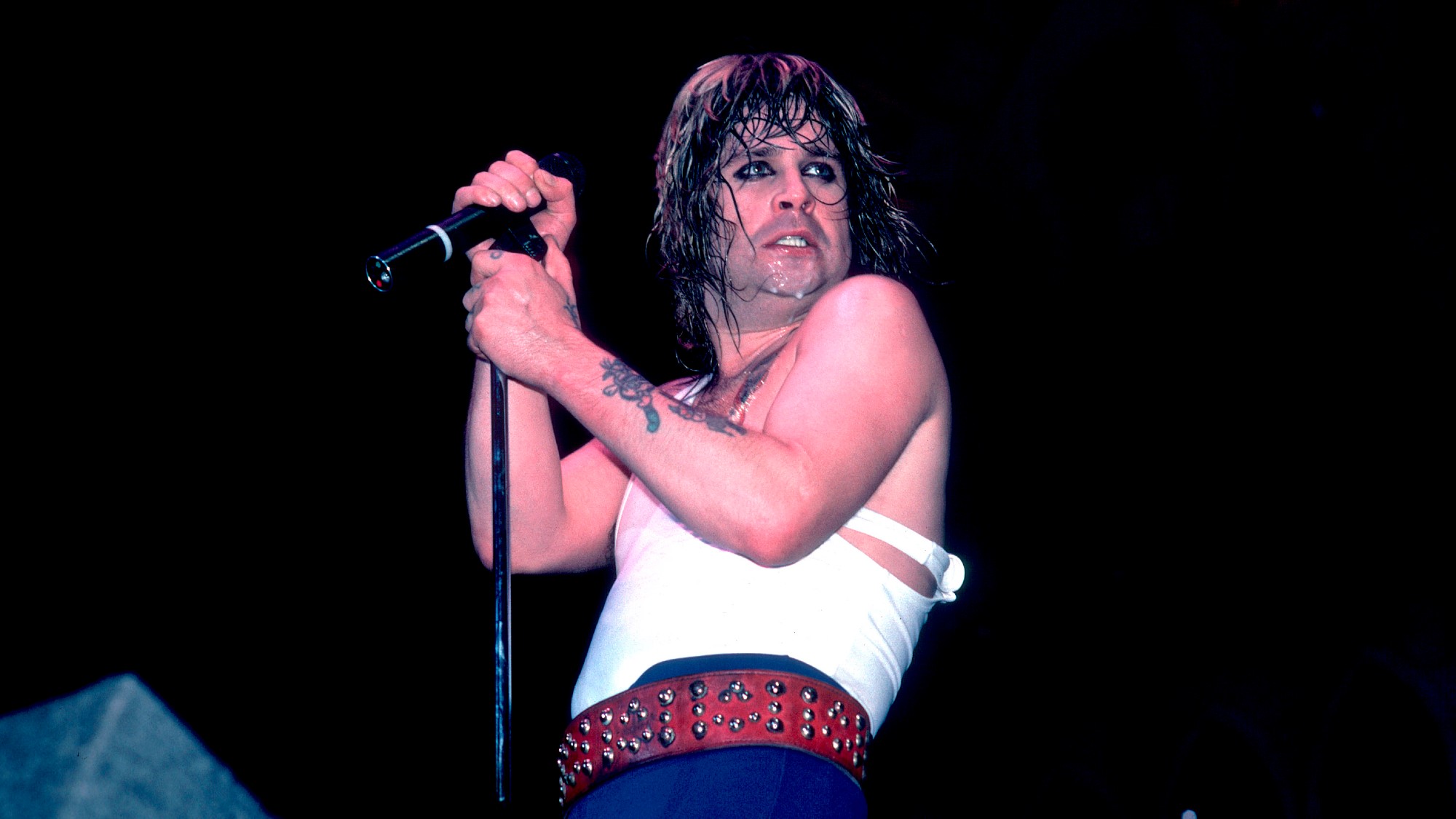 Ozzy Osbourne obituary: heavy metal wildman and lovable reality TV dad
Ozzy Osbourne obituary: heavy metal wildman and lovable reality TV dadIn the Spotlight For Osbourne, metal was 'not the music of hell but rather the music of Earth, not a fantasy but a survival guide'
-
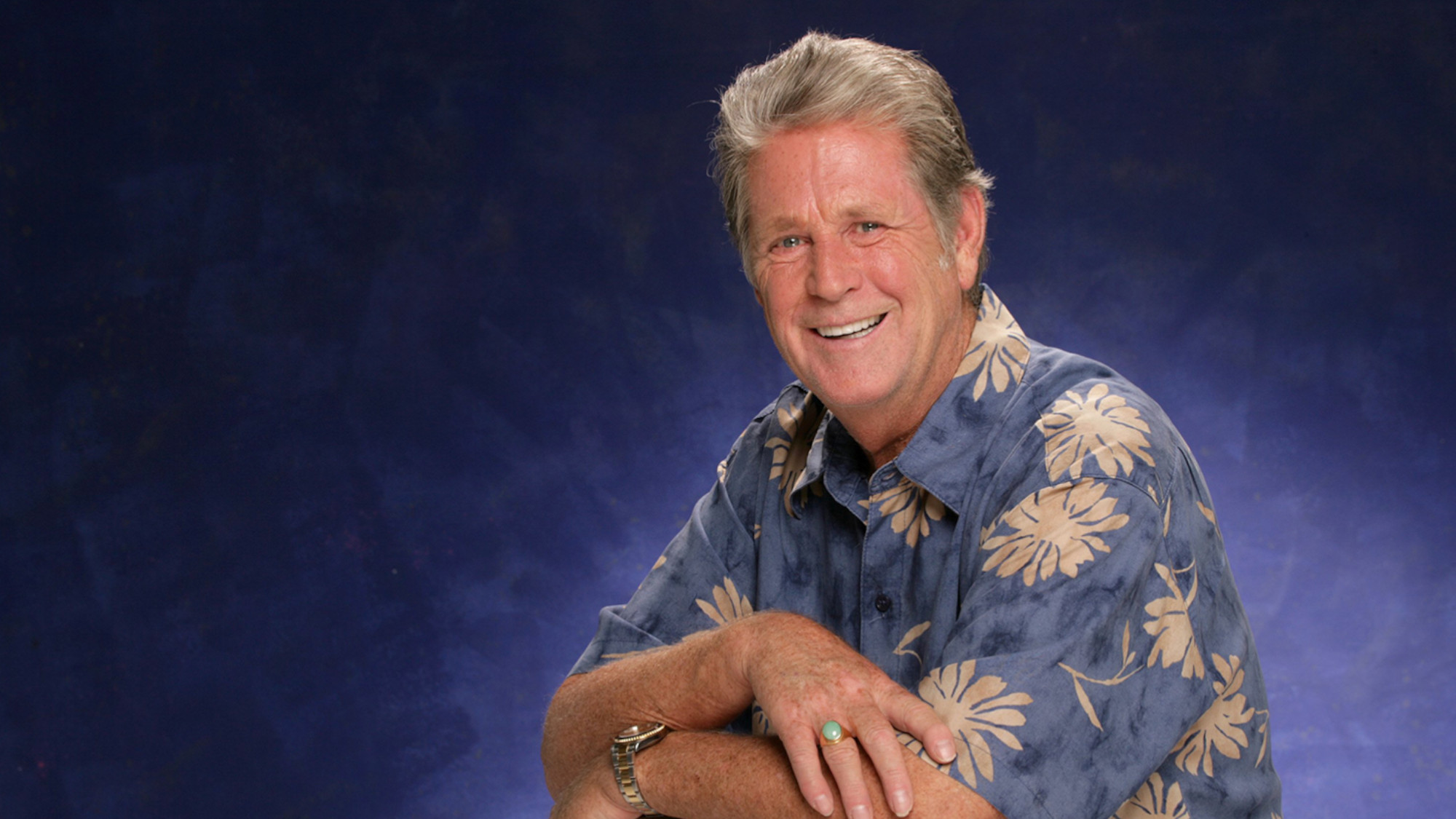 Brian Wilson: the troubled genius who powered the Beach Boys
Brian Wilson: the troubled genius who powered the Beach BoysFeature The musical giant passed away at 82
-
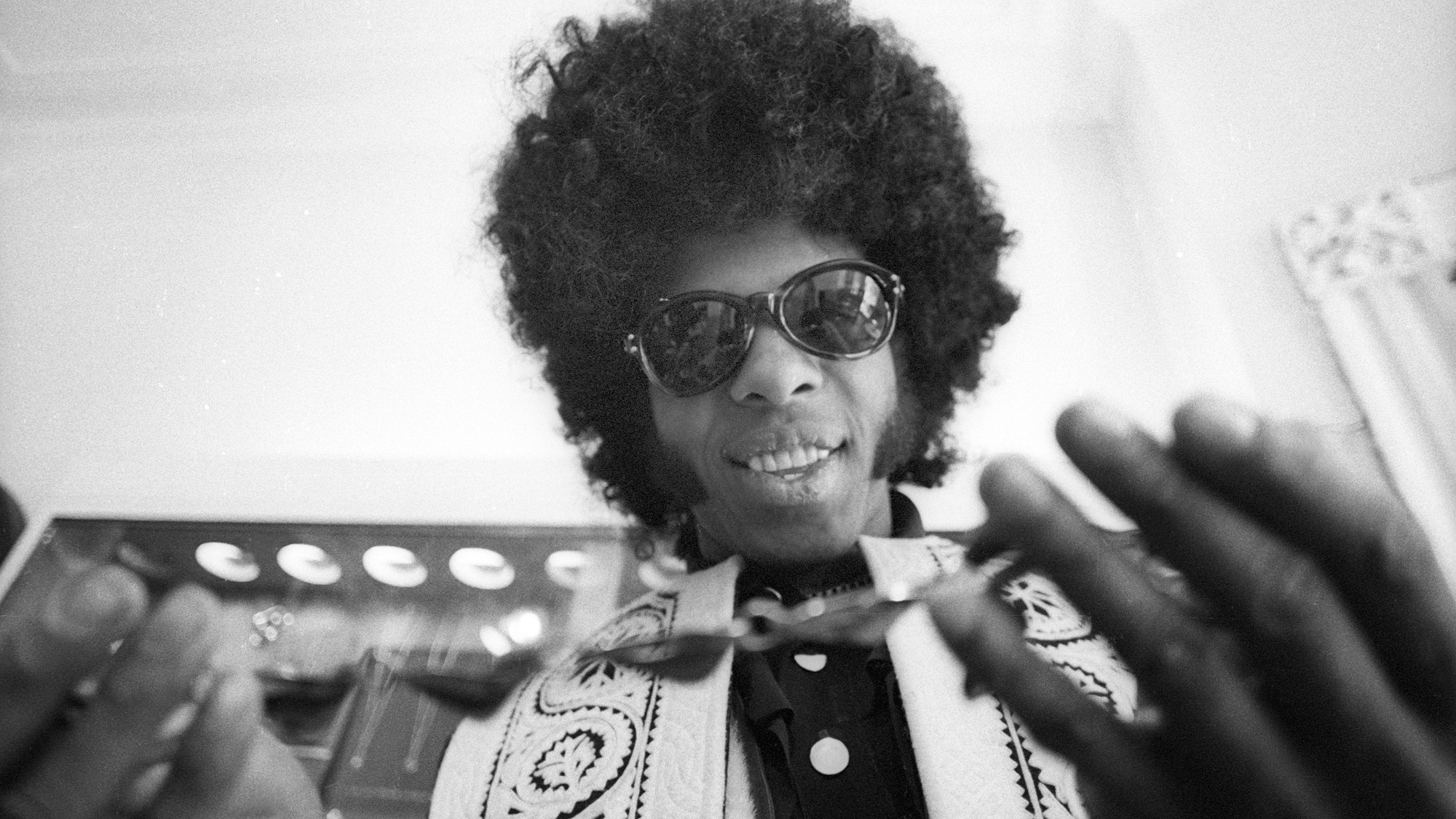 Sly Stone: The funk-rock visionary who became an addict and recluse
Sly Stone: The funk-rock visionary who became an addict and recluseFeature Stone, an eccentric whose songs of uplift were tempered by darker themes of struggle and disillusionment, had a fall as steep as his rise